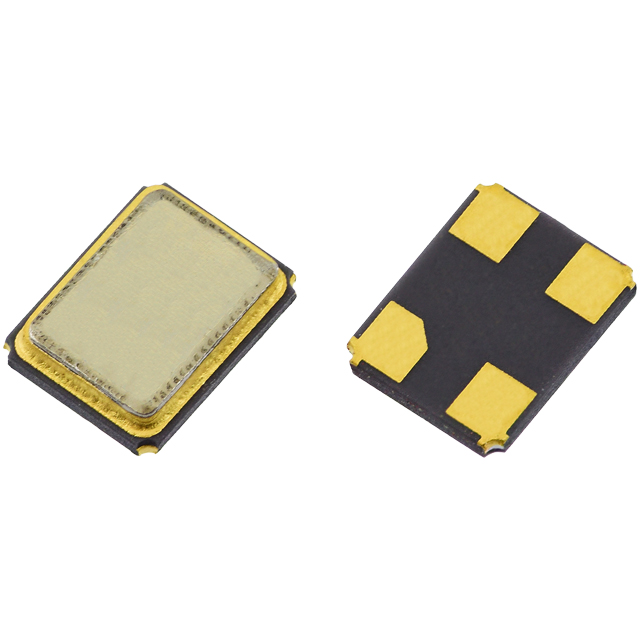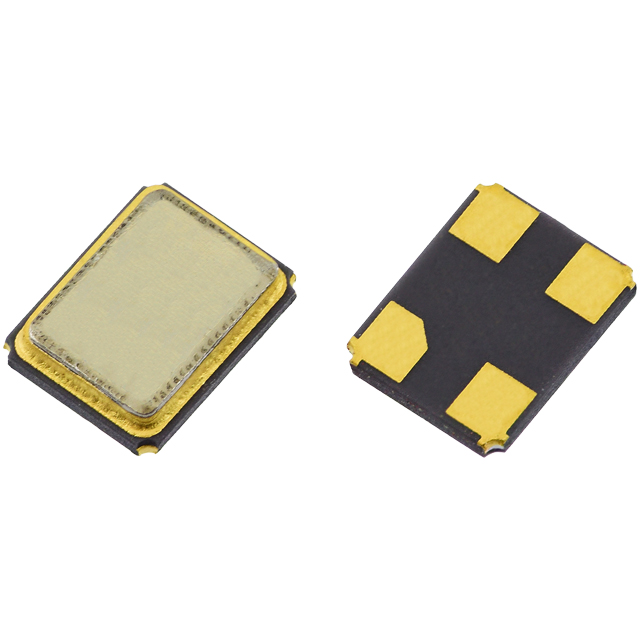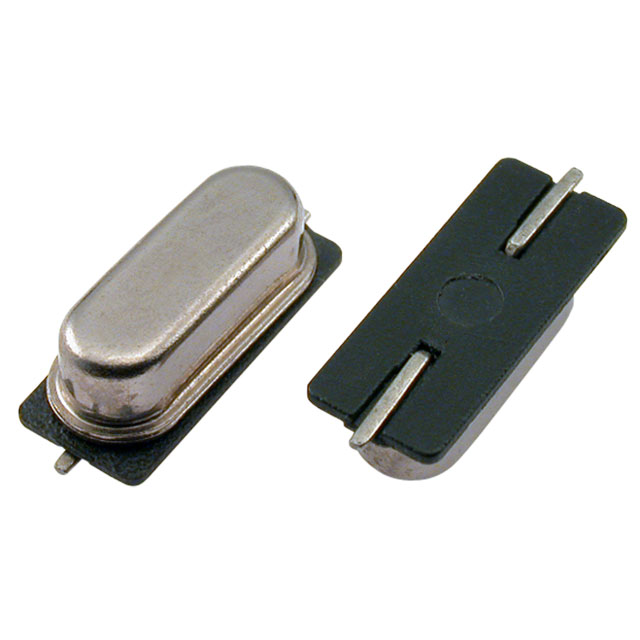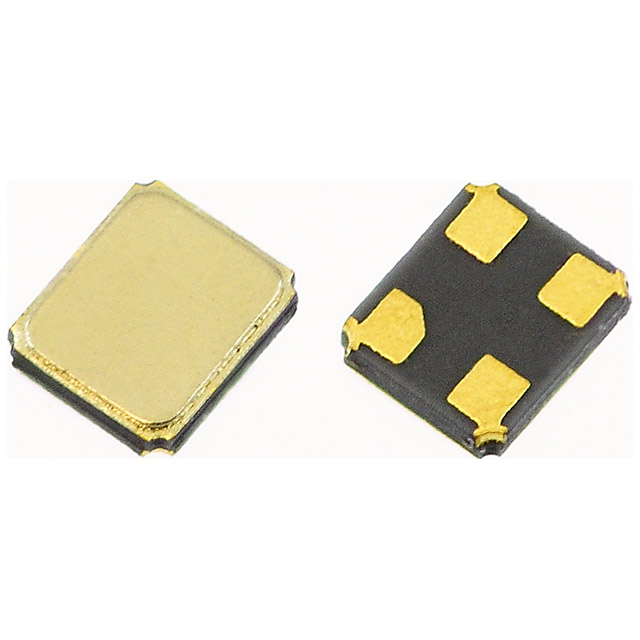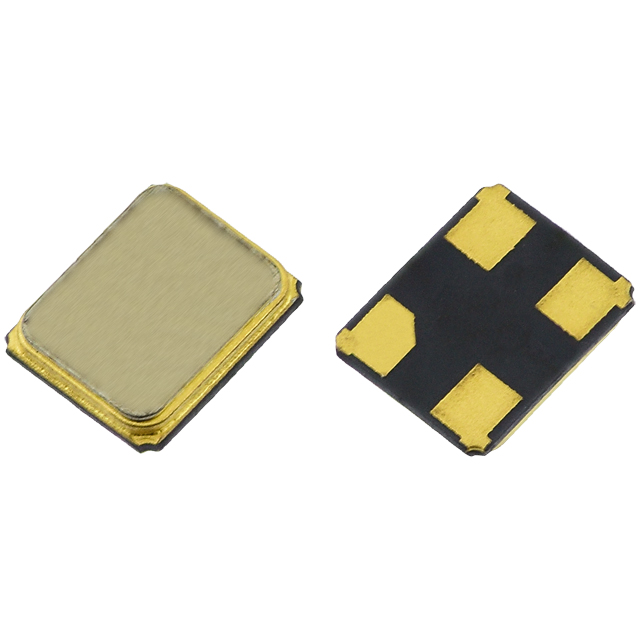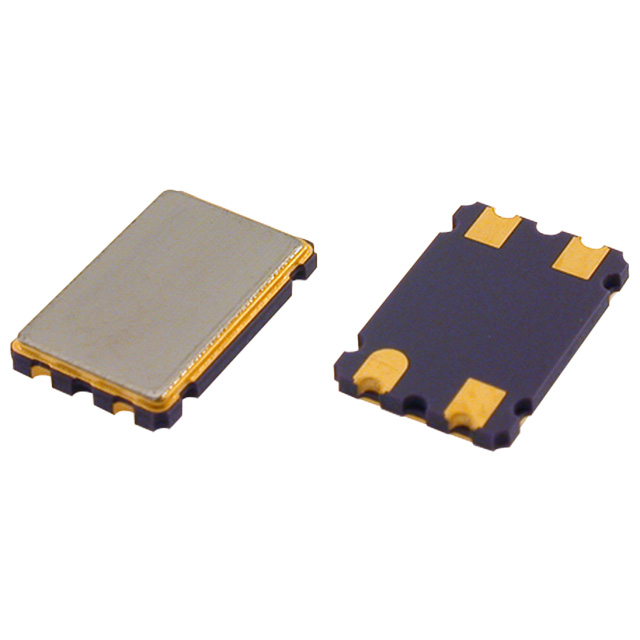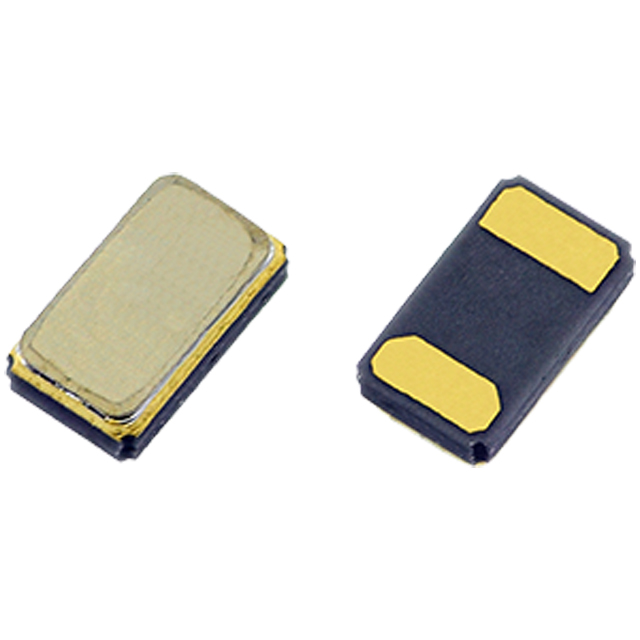Categories
- Crystals(48)
- 1
- 2
- 3
What Are Crystal In Electronics?
Crystal products are passive components primarily utilized as time or frequency references in electronic systems. They consist of a piezoelectric crystal that vibrates mechanically at a specific frequency. To function properly, they need an external oscillator circuit with carefully calibrated capacitance, drive voltage, and series resistance to produce a signal at the crystal's indicated frequency. This setup must operate effectively across the specified temperature range without harming the crystal element. Active devices that incorporate this essential circuitry are classified as oscillators and listed separately.
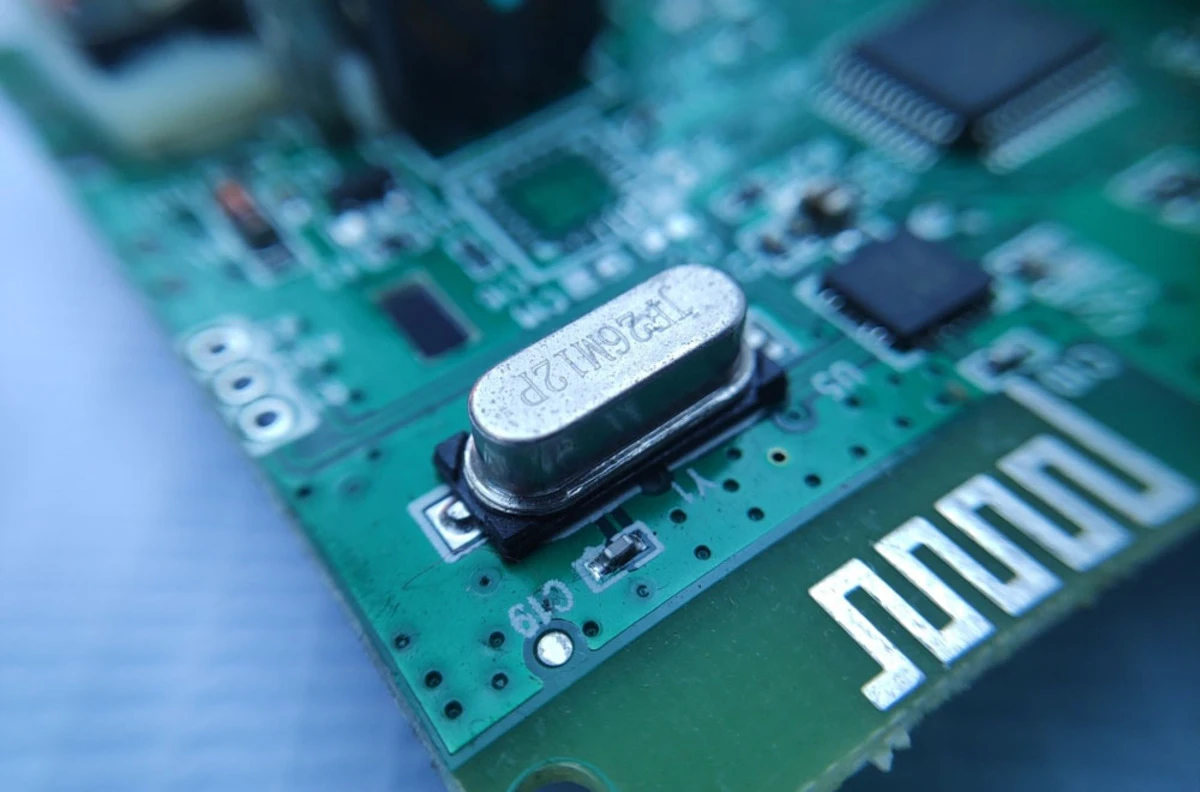
How Does a Crystal Work in Electronics?
A crystal operates in electronics by utilizing its unique physical properties to produce a stable and accurate frequency. The key to its functionality lies in its ability to vibrate at a specific frequency.
When an electrical voltage is applied, the crystal experiences the piezoelectric effect, which causes it to deform or vibrate at its natural or resonant frequency. This resonant frequency is influenced by the crystal's physical characteristics, including its shape, size, and lattice structure.
The vibrating crystal generates electrical signals at a precise frequency, which are used to regulate timing in electronic circuits. These signals serve as clock signals in digital circuits, ensuring synchronized operations and accurate timing intervals.
The inherent stability of the crystal's frequency is essential for reliable performance. It maintains its resonant frequency with minimal variation, even under changing environmental conditions like temperature and pressure. This stability is crucial for accurate timekeeping and synchronization in electronic devices.
Incorporating a crystal into electronic circuits provides a reference point for generating stable and predictable frequencies. The oscillation frequency is determined by the crystal's physical attributes, such as its thickness and cut, and can be adjusted with external components to meet specific device requirements.
Overall, the precise vibrations of a crystal enable it to act as a dependable frequency-determining element in electronic circuits. Its ability to maintain stable frequencies makes it an essential component for various applications that depend on accurate timing and synchronization.







